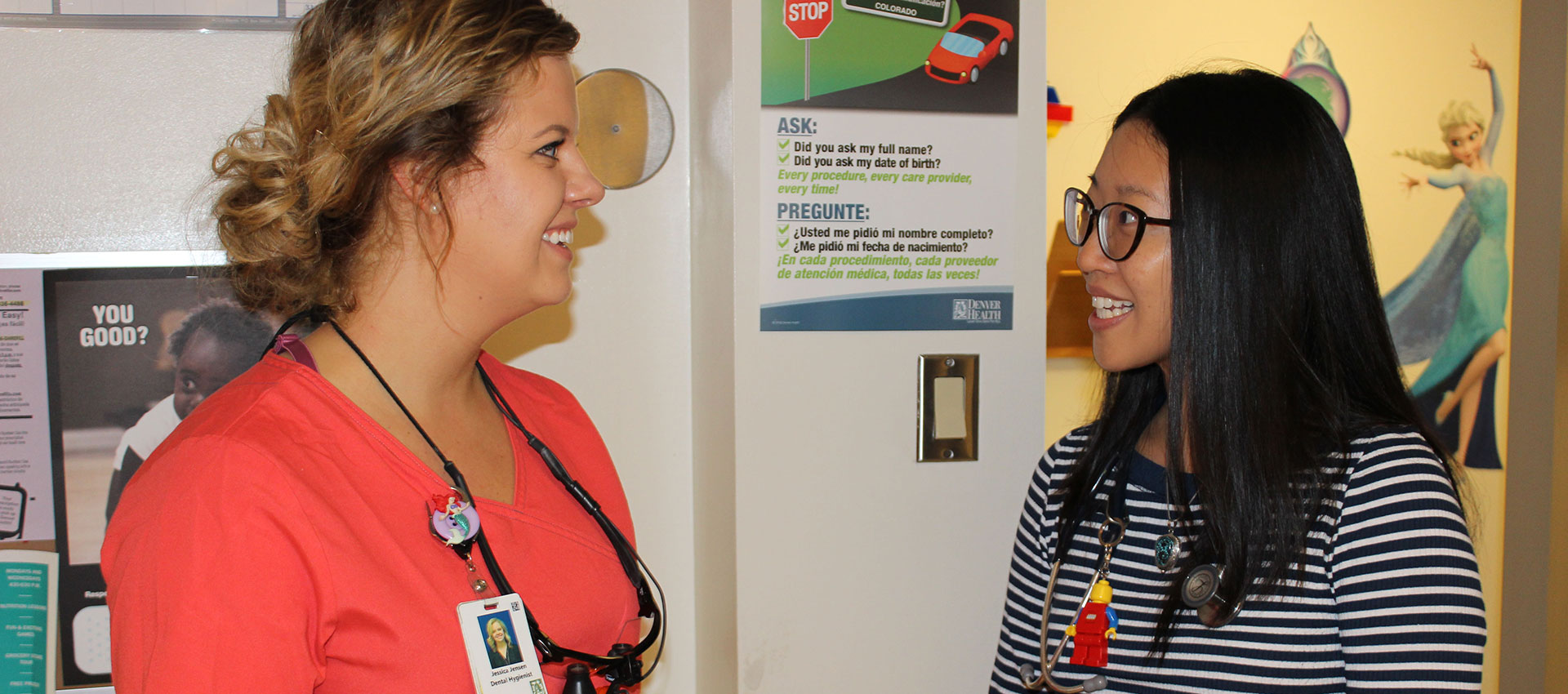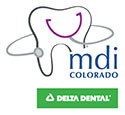
Creating a CO MDI Team
Having strong cross-functional practice participation will increase the likelihood that your CO MDI model will be successful. Just as a medical provider has support from, and collaborates with, other staff in the practice, the dental hygienist will, too.
Our approach is based on recommendations from colleagues such as the Institute for Healthcare Improvement and “Integrating Chronic Care and Business Strategies in the Safety Net” by the Agency for Healthcare Research and Quality (AHRQ).
Building Your Teams
From the beginning, even if your hygienist isn't hired yet, build two teams to facilitate the startup, implementation and maintenance of your work.
- Comprehensive Practice Team. This is a large team consisting of a representative from each functional area of the practice. Practice transformation requires the buy-in of all team members and their varied experiences and perspectives.
- Team Responsibilities:
- Develop, understand, and share the vision of the CO MDI model.
- Represent the perspectives and needs of their department.
- Generate ideas and support.
- Take on a project role, if needed.
- Ask critical questions.
- Develop and test processes and workflows.
- Problem solve.
- Be trained in dental basics.
- Include the hygienist as a provider.
- Representatives:
- Leadership: One member. S/he will allocate resources, work to remove barriers and encourage implementation of changes; s/he also helps to keep up momentum and motivate the team.
- Providers: One member. S/he will provide understanding of the clinical environment and processes and can also serve as a motivator.
- Administration: Dental champion (administrative person with project leadership role; often the hygienist's immediate supervisor), medical assistants, care coordinators, reception - front desk and phones, scheduling, billing, and/or IT. These staff know the details of the care delivery processes, provide ideas for change, and implement changes; buy-in and participation are important for success. Include one person from each area, if possible.
- Dental:
- Hygienist: The hygienist is an essential member of the team and will have invaluable input. S/he will need time with the team to develop an understanding of how medical practices function and provide input for planning. If s/he has a dental assistant, include that person as well.
- Dentist: If your practice already provides dental care, also include one dentist on your team as s/he will be an important link between the two departments. If your practice doesn’t have any dentists, consider including your community dentist on the team.
- Meeting Frequency: Frequent meetings are important as you develop your CO MDI model. As startup falls into place, meetings can be less frequent, but they still need to occur. During the startup phase, the comprehensive practice team may meet only bi-weekly or monthly, compared to the core team that will meet weekly.
- Team Responsibilities:
- Core Team. This is a small work group consisting of those working closely on integration.
- Members: Project champion (administrative person with project leadership role; often the hygienist’s immediate supervisor), hygienist, and immediate support staff (e.g. dental assistant(s)).
- Frequency: Meet weekly for at least 30 minutes.
- Meeting Content:
- Develop and implement the plan.
- Communicate with internal and external team members.
- Discuss problems and identify new solutions.
- Plan and complete tests of processes and workflows.
- Track progress.
- Maintain communication with the larger team and entire practice.
| Example CO MDI Model Timeline | ||
|---|---|---|
3-6 MONTHS STARTUP:
|
18 MONTHS IMPLEMENTATION:
|
FUTURE MAINTENANCE:
|
TIPS
- Having both a comprehensive practice team and a core team is an efficient use of time and will support a smooth implementation process.
- It is better to meet briefly and more frequently than to try to find large amounts of time.
- Scheduling meetings during non-clinic hours such as before the practice opens, over lunch periods, or at already scheduled meetings are options if finding time for meetings is a challenge.
- Once you have implemented your initial plan, continue to refine it as you fine-tune your model and strive to reach your goals. Both the comprehensive and core teams will be needed throughout this process.
